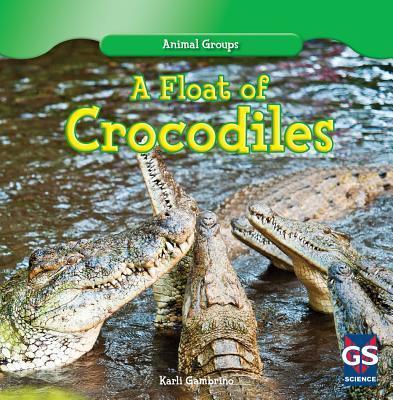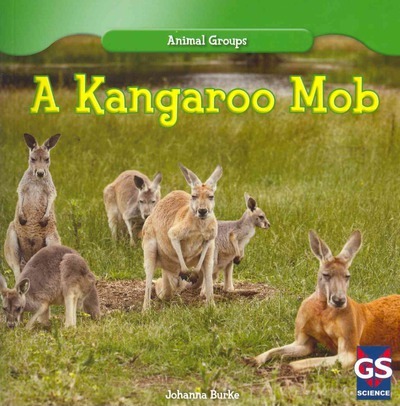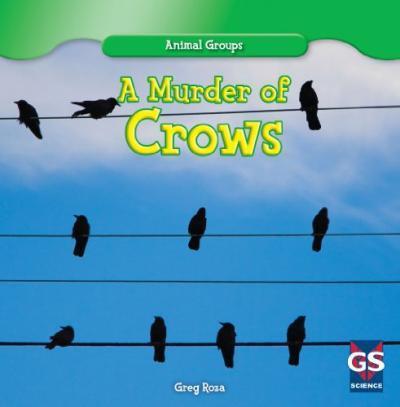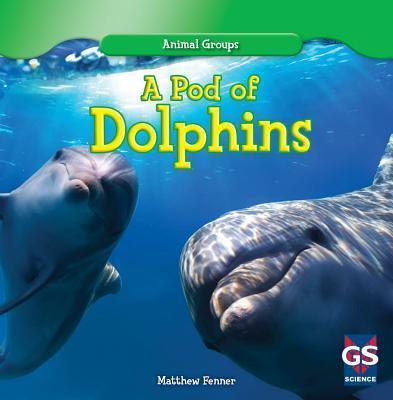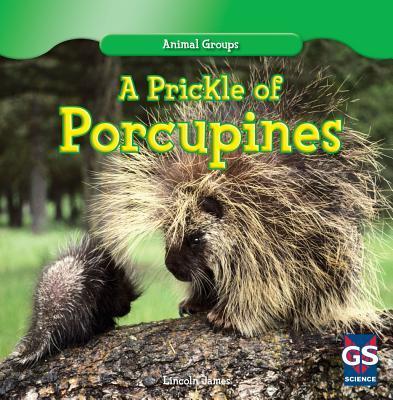
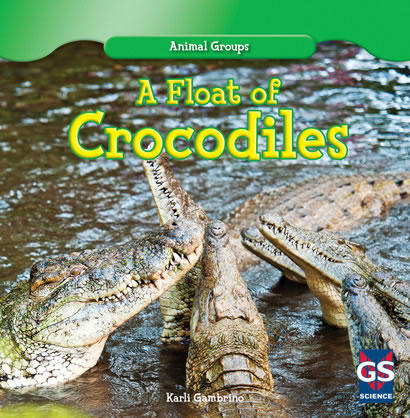
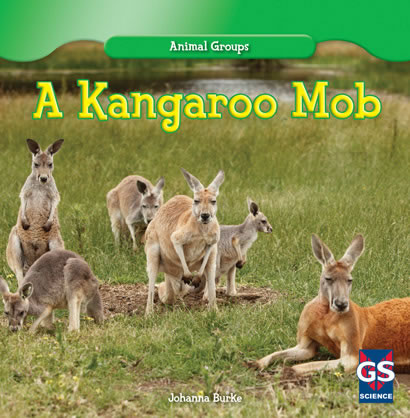
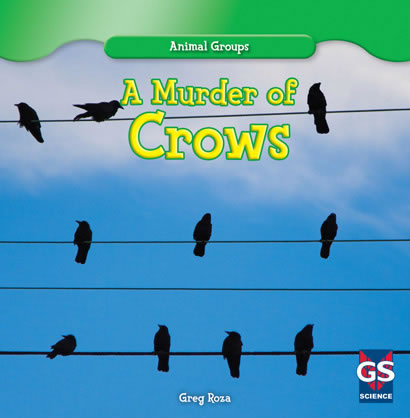
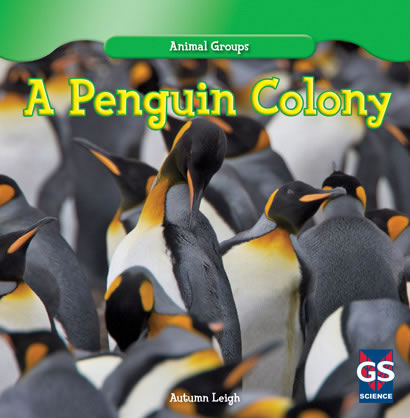
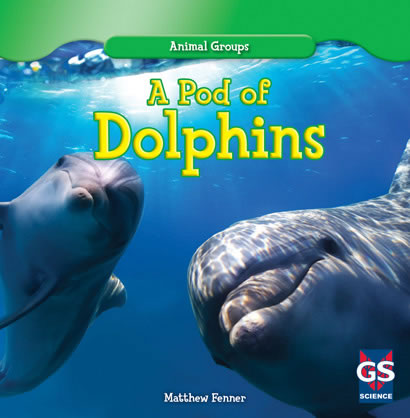
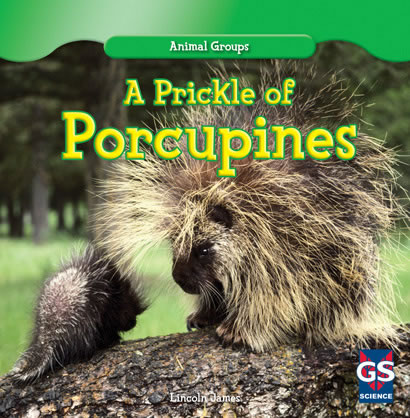
Animal Groups
Many animals live in groups, and people have created some pretty colorful names for them—a group of kangaroos is called a mob, a family of porcupines is called a prickle, and a flock of crows is called a murder. Readers will enjoy learning how these and other animals live and work together. Colorful photos of animals in the wild will excite readers of all ages.
* Reviews *
Series review: Animal Groups
The phrase the more the merrier really applies to this series featuring mobs, colonies, and prickles. Topics briefly describe the differences within the species, the mating process, care of the young, and distinguishing characteristics. A few unique facts (Red kangaroos can cover 15 feet (4.6m) with one hop!) round out these offerings. Specificity varies throughout; the differences between a group of crocodiles in water (a float) and a group of crocodiles on land (a bask) is defined, but the section on communication is more general. The many penguins in a colony all look the same, so they use sounds to communicate. Jamess book ends a bit abruptly, with a section on porcupine maturity that reads, It may spend the winter alone, or it may find a prickle to hang out with. Large-font text with a few words in bold, highlighted in the glossary, appears on most pages; vocabulary that is defined within the text is not featured in the glossary. Though there is a table of contents, some headings, such as Old and New and Get to the Point, provide a little pizzazz but fail to inform readers of the content. Large, clear photographs add visual interest, with a heavy emphasis on the animals interactions within their units. Overall, engaging visual elements and the beginning-reader format make these books suitable choices for many collections.
Meg Smith, School Library Journal

